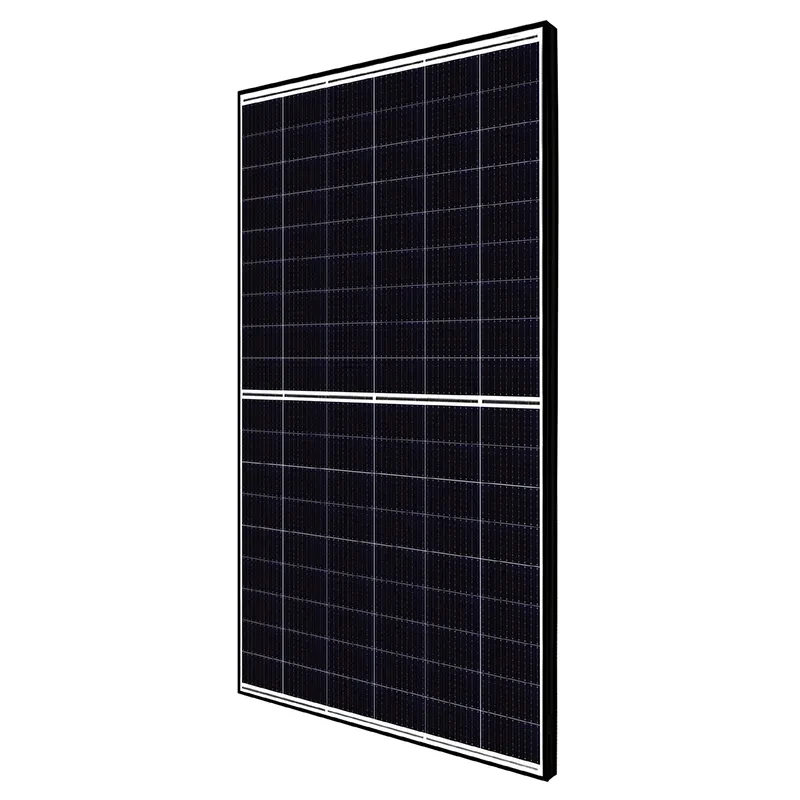Hybrid Grid-Tied Inverter with Power Limiting Functionality for Enhanced Energy Management
Understanding Hybrid Grid Tie Inverters with Limiter Functions
In the realm of renewable energy technology, hybrid grid tie inverters with limiter functions are increasingly gaining attention. These advanced devices play a crucial role in integrating renewable energy sources, such as solar and wind, with existing electrical grids while ensuring stability and efficiency. Understanding the mechanics and benefits of these systems can help homeowners and businesses make informed decisions about their energy consumption and generation.
What is a Hybrid Grid Tie Inverter?
A hybrid grid tie inverter is a versatile device designed to manage the flow of electricity between renewable energy sources, energy storage systems, and the electrical grid. Unlike traditional grid-tied inverters, which solely convert DC power from solar panels to AC power for household use or grid consumption, hybrid inverters can manage energy from multiple sources and charge battery systems as well.
These inverters enable users to draw energy from various inputs, including renewable sources during daylight hours or periods of high generation, and utilize stored energy during non-generating periods. This functionality enhances energy independence, making hybrid grid tie inverters an attractive option for those looking to reduce their reliance on conventional fossil fuels.
The Role of the Limiter Function
One of the standout features of hybrid grid tie inverters is the limiter function
. This feature is crucial for several reasons1. Preventing Overloading The limiter function can regulate how much power is fed into the grid from the energy system. By doing so, it prevents potential overload conditions that could disrupt the stability of the grid. This is particularly important during periods of low demand when excess electricity could cause problems.
2. Maximizing Self-Consumption Homeowners often want to utilize as much of their generated solar energy as possible. The limiter function helps achieve this by optimizing the amount of energy delivered to the home versus what is sent back to the grid. This means that users can make the most out of their generated energy, reducing the amount purchased from the grid.
3. Regulatory Compliance Many regions have strict regulations regarding how much energy can be fed back into the grid. The limiter helps ensure that users meet these regulations, preventing potential fines or penalties.
hybrid grid tie inverter with limiter

4. Enhancing System Lifespan By managing the power flow and preventing potential system overloads or stresses, a limiter contributes to the longevity of both the inverter and attached renewable energy systems. This leads to reduce maintenance costs and increases the overall return on investment.
Benefits of Using Hybrid Grid Tie Inverters with Limiter Function
The adoption of hybrid grid tie inverters with a limiter is not only beneficial for individual users but also advantageous for the energy grid as a whole. Here are some key benefits
- Increased Energy Efficiency By optimizing the use and distribution of renewable energy, these inverters help maximize overall energy efficiency.
- Cost Savings Users can decrease their reliance on grid power and significantly lower electricity bills, as they can store and use their generated energy effectively.
- Environmental Impact By facilitating the use of clean energy, these inverters play a significant role in reducing carbon emissions and promoting sustainable energy practices.
- Grid Stability By managing the flow of energy, the limiter function contributes to overall grid stability, helping to balance supply and demand effectively.
Conclusion
As renewable energy sources continue to grow in popularity, hybrid grid tie inverters with limiter functions are becoming increasingly essential. They provide a reliable and efficient way to harness renewable energy while ensuring grid stability and compliance with regulations. By opting for these advanced systems, users can take significant strides toward energy independence, cost savings, and environmental sustainability. Embracing technology in this arena not only enhances individual energy management but also contributes positively to the global push for renewable energy solutions.
-
Unlocking Energy Freedom with the Off Grid Solar InverterNewsJun.06,2025
-
Unlock More Solar Power with a High-Efficiency Bifacial Solar PanelNewsJun.06,2025
-
Power Your Future with High-Efficiency Monocrystalline Solar PanelsNewsJun.06,2025
-
Next-Gen Solar Power Starts with Micro Solar InvertersNewsJun.06,2025
-
Harnessing Peak Efficiency with the On Grid Solar InverterNewsJun.06,2025
-
Discover Unmatched Efficiency with the Latest String Solar InverterNewsJun.06,2025







